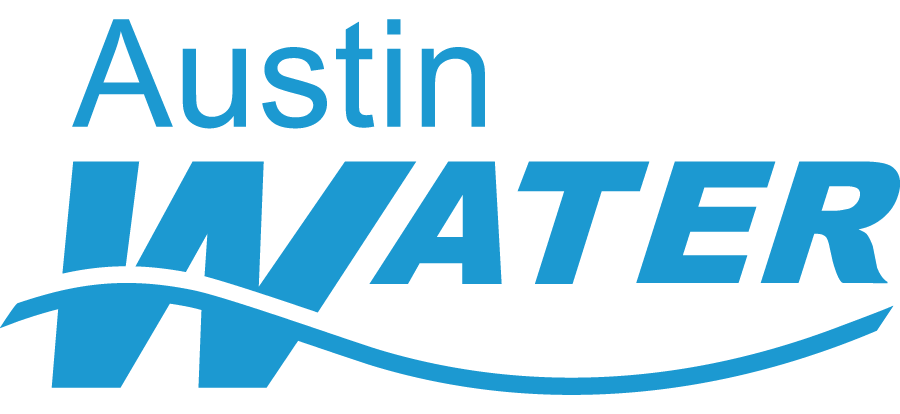We make decisions that benefit the environment every day, such as buying an efficient air-conditioner, taking the bus to work, or recycling glass bottles. These actions reflect a personal choice—going above and beyond what is simply mandatory. To take personal responsibility for the care of resources, in this instance the natural environment, is known as stewardship. Stewardship of the environment is essential to maintaining the health and integrity of ecosystems.
This idea of environmental stewardship is discussed in the writings of Aldo Leopold, the father of wildlife ecology. Leopold developed the concept of the land ethic, which views the environment as part of our community rather than as a commodity. “A land ethic simply extends the boundaries of the community to include soils, waters, plants, and animals, or collectively: the land,” Leopold wrote in A Sand County Almanac. “A land ethic, then, reflects the existence of an ecological conscience, and this in turn reflects a conviction of individual responsibility for the health of the land.”
As a steward of the Bull Creek Nature Preserve, this responsibility includes actions taken on the Preserve as well as at home. At home, stewardship involves minimizing negative impacts on the surrounding environment. Our impact and demand on the environment is called an ecological footprint. This footprint includes all the land and water needed to produce the resources we consume (such as food and energy) and to absorb our waste.
The following sections provide information and tips on how to reduce this footprint and help improve the ecosystems of the Preserve and the greater Austin area. Stewardship is basically about choices. Do I drive to work or take the bus? Should I pick up litter I see along the trail? As an environmental steward, consider the ways your decisions impact the surrounding environment and take action accordingly. Follow your ecological conscience.

